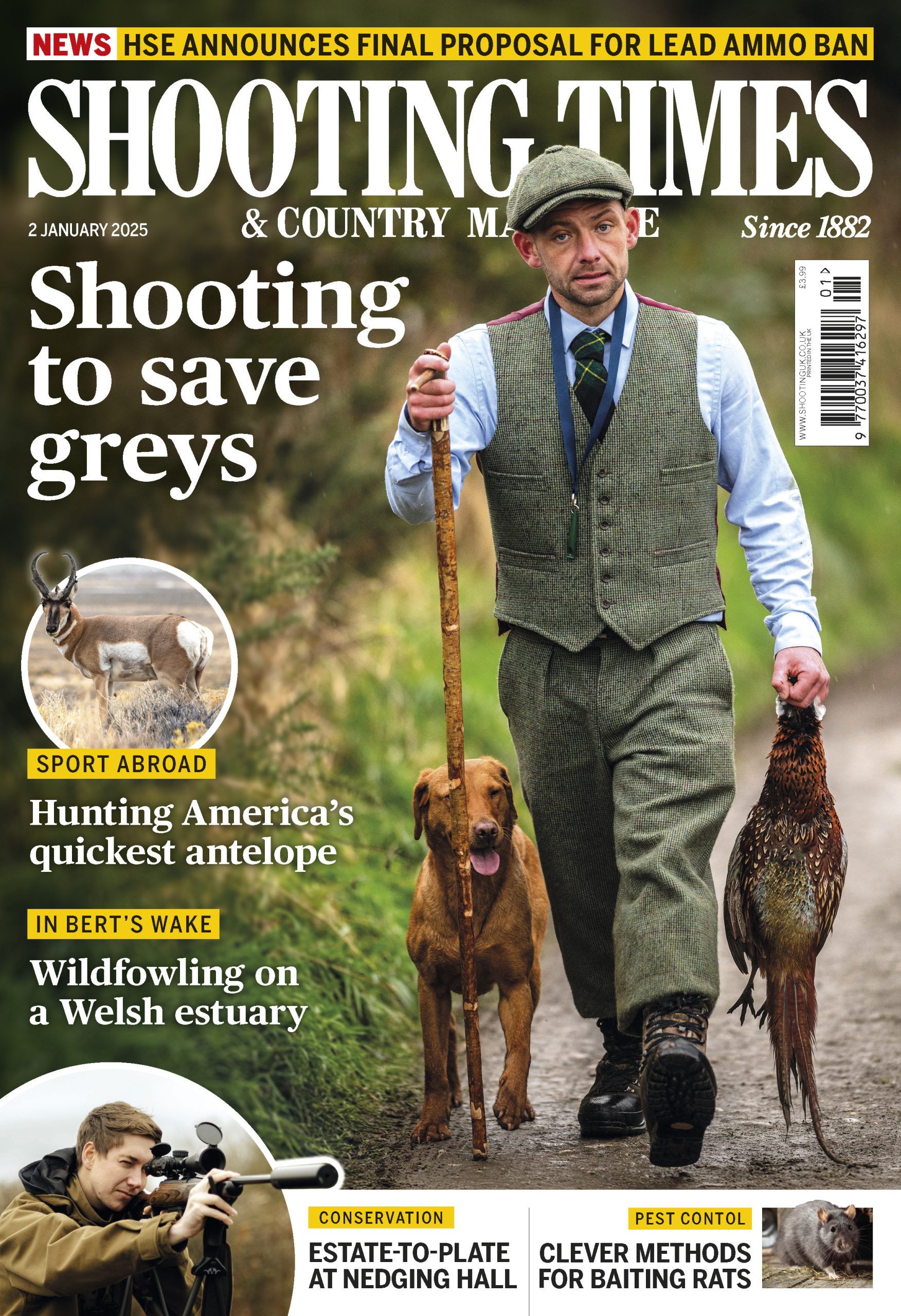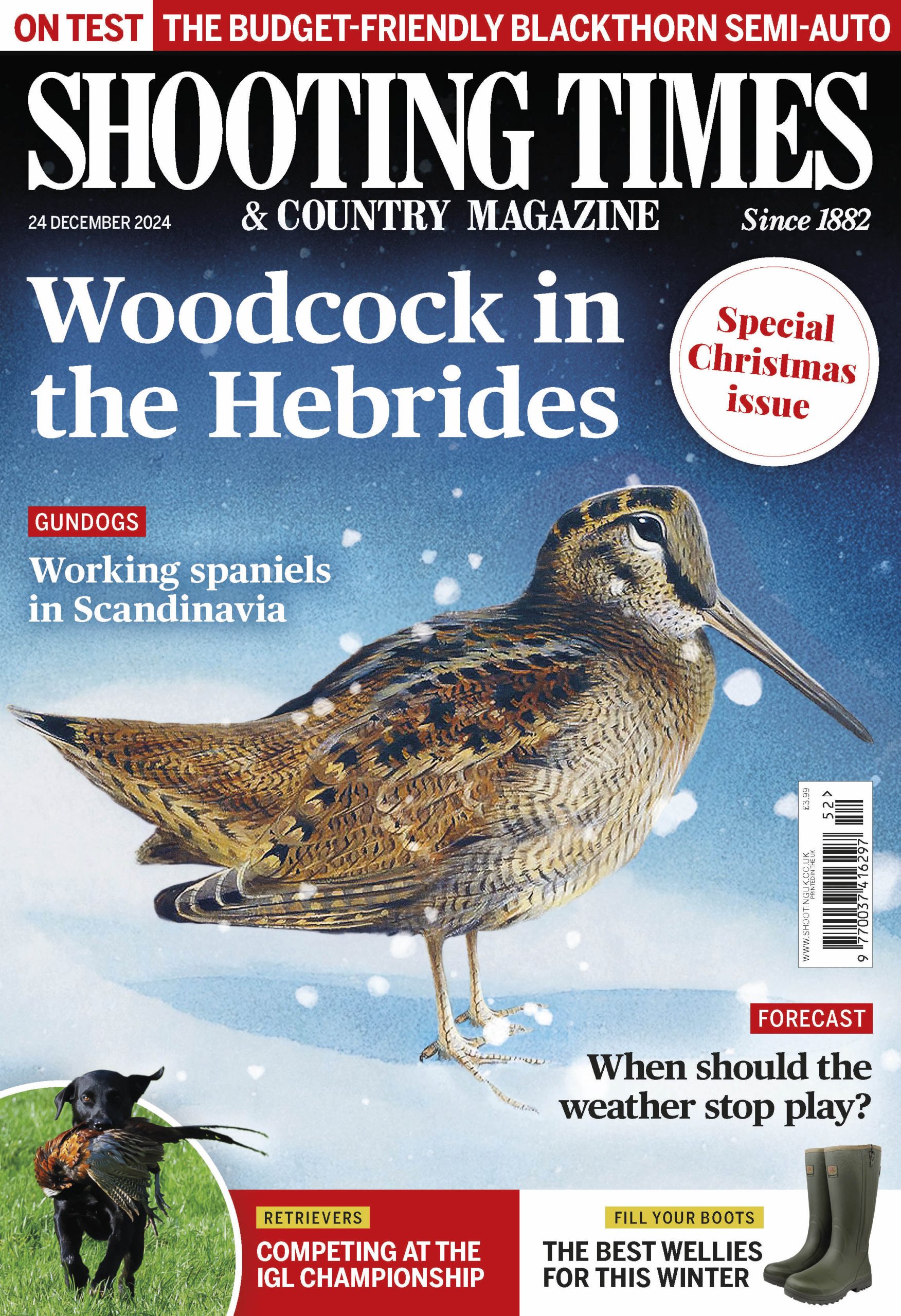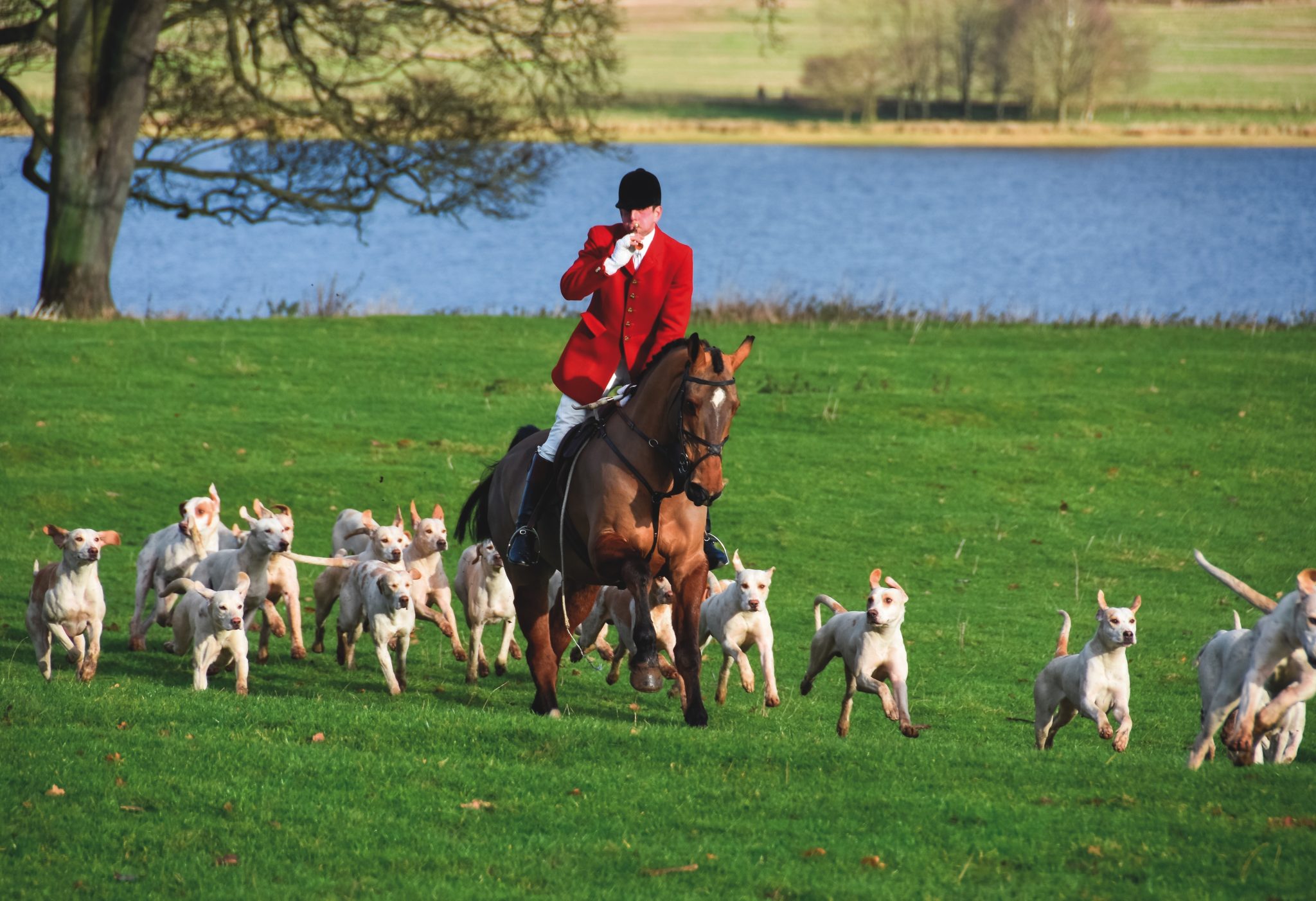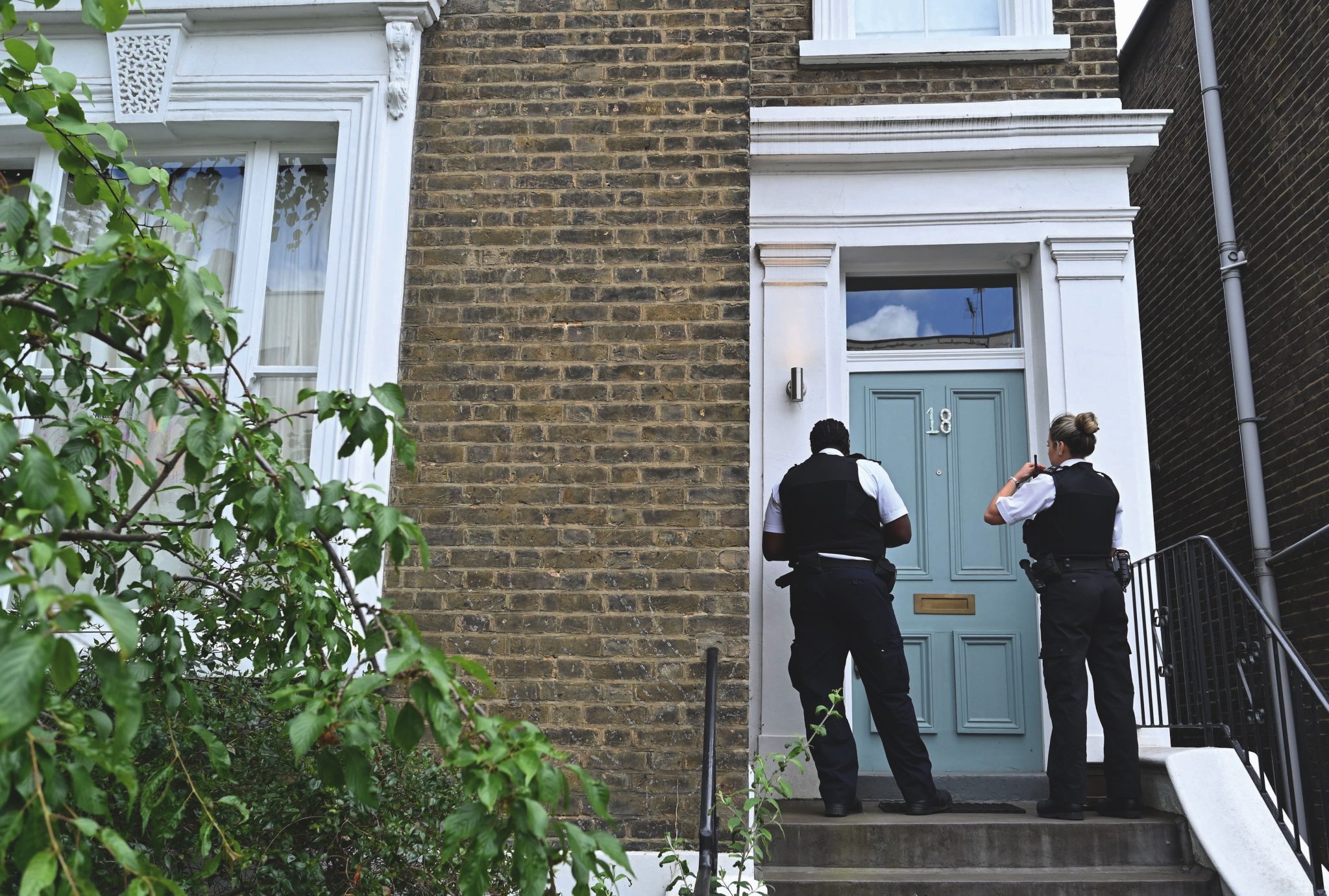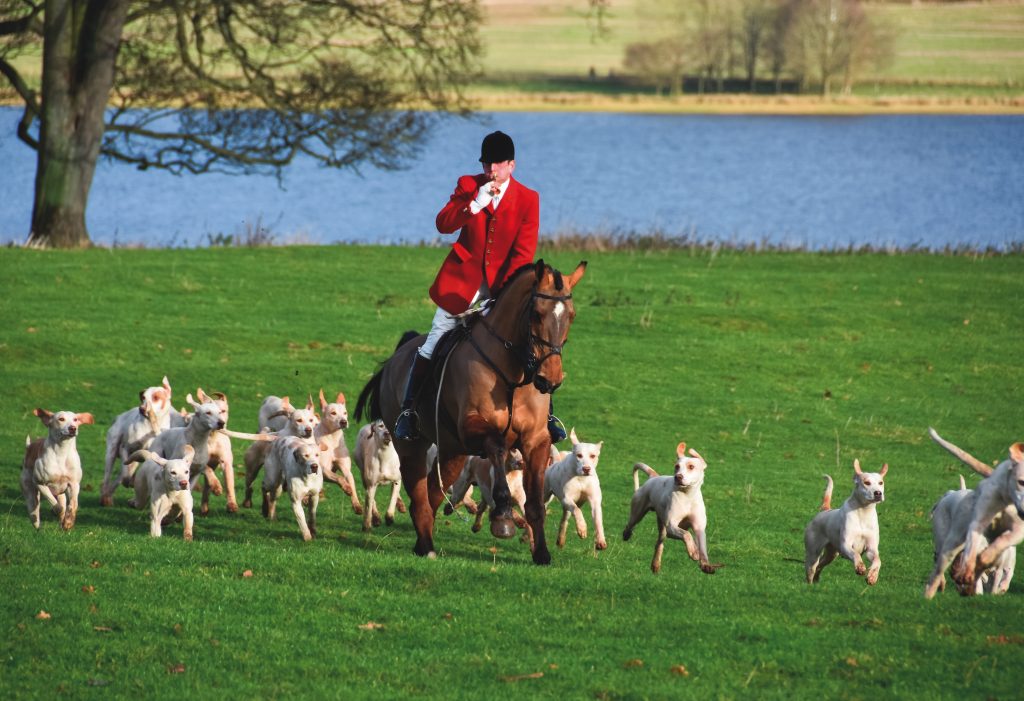- News
- Gundogs
- Shooting
- Recipes
- Gear
-
-
- More
-
-
More
-
-
News
Rural concerns risk being sidelined in devolution shake-up
By Hollis Butler (Group News Editor)
-
News
Crimestoppers under fire over snitch campaign targeting certificate holders
By Hollis Butler (Group News Editor)
-
-
-
Win CENS ProFlex DX5 earplugs worth £1,149 – enter here
RSPB questions release of pheasants for shooting
Controversial article highlights a “potential negative impact” on the environment of releasing pheasants for shooting.
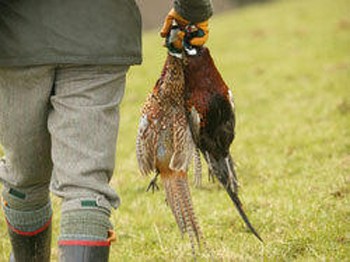
RSPB questions release of pheasants for shooting.
The RSPB’s director of conservation, Mark Avery, last week raised the issue of the environmental impact of releasing ‘non-native’ pheasants for shooting, questioning whether predator numbers are increased by what he called a meat bonanza.
In his blog posted on the RSPB website to coincide with the start of the pheasant season, Dr Avery wrote: The numbers of pheasants released into the UK countryside is enormous — about 35million birds a year. Only 15million of them are shot each year, which means that many of them must end up inside natural predators rather than in people’s freezers, ovens and tummies. That’s an awful lot of bird meat that is feeding crows and foxes and a range of other species isn’t it? I wonder how much the increase in some predator numbers is fuelled by this meat bonanza?
Later in the article he suggested that releasing pheasants could be causing declines in farmland birds: The most mischievous might suggest that live pheasants are eating food that native species such as finches and buntings should eat. But the increasing (I think it’s increasing) trend for big-shoot days, where huge numbers of pheasants are released, worries many in the shooting community as well as seeming to me to be at the more worrying end of the spectrum from an ecological point of view.
He also indicated the RSPB is undertaking research to discover whether shooting is impacting negatively on wildlife: We’ve given this a bit of thought but it is definitely work in progress.
RSPB species policy officer Jeff Knott said: “Broadly speaking, Dr Avery’s views represent the organisation. I think this is a balanced piece in which Dr Avery raises some legitimate questions. I think more research would be helpful to better understand how to maximise the positive impacts and minimise the potentially negative impacts of pheasant shooting on wildlife.”
The implied criticism comes despite extensive research by the Game & Wildlife Conservation Trust proving the huge benefits to wildlife of shooting.
These include higher numbers of songbirds and butterflies in woods managed for shoots, the thousands of tonnes of grain put out for pheasants which help songbirds over winter and evidence that gamecrops contain up to 100 times more birds than arable crops.
Related Articles
Get the latest news delivered direct to your door
Subscribe to Shooting Times & Country
Discover the ultimate companion for field sports enthusiasts with Shooting Times & Country Magazine, the UK’s leading weekly publication that has been at the forefront of shooting culture since 1882. Subscribers gain access to expert tips, comprehensive gear reviews, seasonal advice and a vibrant community of like-minded shooters.
Save on shop price when you subscribe with weekly issues featuring in-depth articles on gundog training, exclusive member offers and access to the digital back issue library. A Shooting Times & Country subscription is more than a magazine, don’t just read about the countryside; immerse yourself in its most authoritative and engaging publication.
